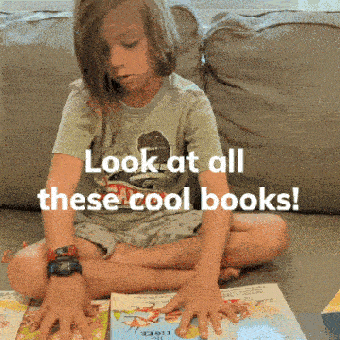This year, being your child’s at-home reading supporter may feel like just trying to keep up with their ever-growing literacy skills. Or it may feel really stressful because you’ve seen something like the well-known study that children who aren’t reading proficiently by the end of third grade have a much lower lifetime earning potential2.
But there’s good news: the window of time to help your child catch up in reading or fall in love with reading is still open at the beginning of second grade, especially if you keep these three pieces of advice in mind throughout the year.
1. Keep Calm and Carry On From First Grade
Your child now has at least two years of experience under their belt in terms of reading, so bring all your good habits from first grade into second grade - like your reading routine, reading everywhere, re-reading books, reading to your child, etc…Keep reading and building your child’s confidence with those favorite books from 1st grade.
.png)






.png)

.svg)


.svg)








